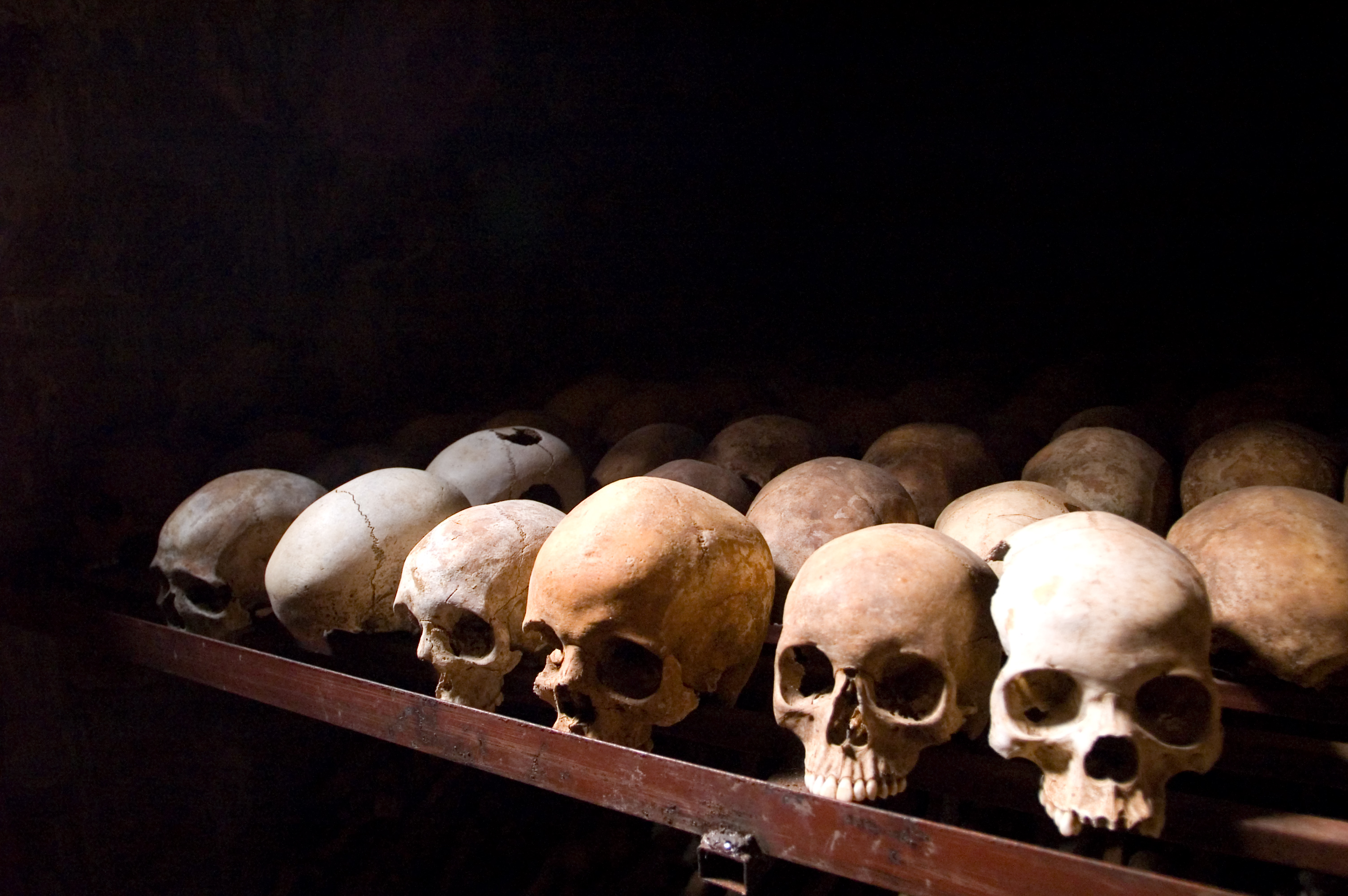Operation Turquoise, 1994
Enlarge text Shrink text- Work cat: Opération Turquoise, 2010:(a U.N. peace-keeping force under command of French general Jean-Claude Lafourcade; the French troops have since been accused by Kigali govt. as being accomplices to the genocide)
- Wikipedia, viewed Apr. 27, 2010(Opération Turquoise, French military operation in Rwanda in 1994 under mandate of the United Nations; authorized June 22 by U.N. Sec. General, expired Aug. 21; area of French influence in southwestern Rwanda was known as Zone Turquoise; operation was controversial due to accusations of failed attempt to prop up genocidal Hutu regime, and that its mandate undermined the U.N. Assistance Mission for Rwanda)
Opération Turquoise was a French-led military operation in Rwanda in 1994 under the mandate of the United Nations. The "multilateral" force consisted of 2,500 troops, 32 from Senegal and the rest French. The equipment included 100 APCs, 10 helicopters, a battery of 120 mm mortars, 4 Jaguar fighter bombers, 8 Mirage fighters, and reconnaissance aircraft. The helicopters laid a trail of food, water and medicine enabling refugees to escape into eastern Zaire. Opération Turquoise is controversial for at least two reasons: accusations that it was an attempt to prop up the genocidal Hutu regime, and that its mandate undermined the UNAMIR. By facilitating 2 million Rwandan refugees to travel to Kivu provinces in Zaire, Turquoise set up the causes of the First Congo War. The charges raised against the French army during Operation Turquoise are of "complicity of genocide and/or complicity of crimes against humanity." The victims allege that French soldiers did nothing to stop the genocide and let Interahamwe militias escape to Zaire after the massacres. The former Rwandan ambassador to France and co-founder of the RPF Jacques Bihozagara testified, "Operation Turquoise was aimed only at protecting genocide perpetrators, because the genocide continued even within the Turquoise zone." France has always denied any role in the killing.
Read more on Wikipedia >
 Topic
Topic


